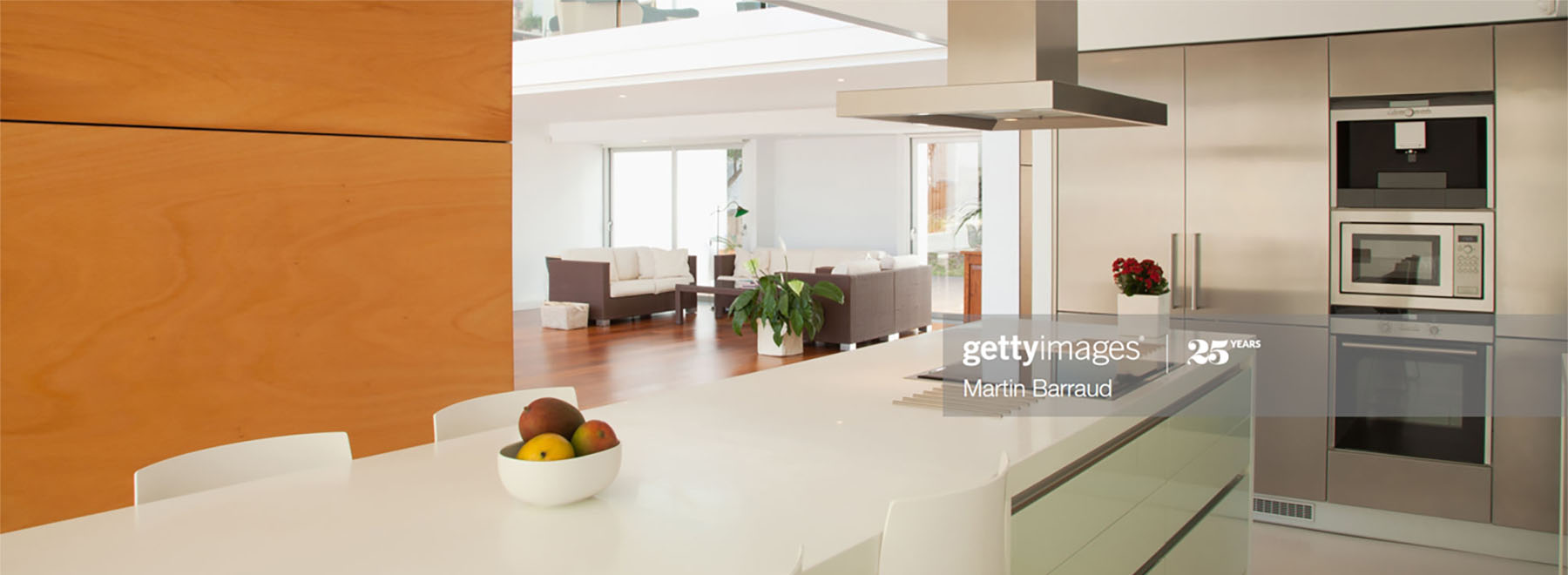As a landlord, you want a tenancy to go as smoothly as possible from start to finish. This includes a seamless exit process when a tenant decides they want to move on elsewhere.
But disputes over deposits – and how much of the original deposit a tenant should get back at the end of a tenancy – can sometimes arise and are a significant source of stress for all those involved.
There are, however, steps you can take to limit the odds of disputes occurring.
Cover yourself
It’s always a pragmatic move to have insurance in place to cover yourself against any accidental or intentional damage caused to your property.
This means, that if you’re unable to reclaim the costs for damage caused by the tenant through deposit deductions, you can submit a claim to your insurance provider instead. This is even more useful if the damage caused was accidental and your reluctant to penalise your tenant for something that wasn’t their fault or was out of their control.
A number of providers offer landlord insurance – which isn’t mandatory, but is advisable. Packages are often fairly cheap, while also providing you with peace of mind that you’re covered if anything goes wrong.
Have an impartial inventory
One of the best and most reliable ways of preventing deposit disputes is by making sure an inventory is conducted before the keys are handed over to a new tenant. This document – which essentially details the condition (both interior and exterior) of the property before tenants move in – should be agreed upon and signed by both parties.
It will list the contents and items in a property, the general condition of the home, and any wear or tear, damages or imperfections that are already in play before the tenancy begins.
Video or photo inventories are even better than just a written document, as it’s far harder to dispute something that is in visual form rather than just words.
During inspections throughout the tenancy and at the end of a tenancy, the inventory can be used to check that there are no missing or broken items, or damage and wear and tear that wasn’t there before. If any items are missing or broken, or any damage has been caused, a landlord can then deduct the repair or replacement costs from the tenant’s deposit.
If you have video, photo and written evidence of the contents of your home and the condition it was in before you rented it out, it will be much harder for tenants to dispute that the issues were caused by them.
A good, reliable letting agent will be able to conduct one on your behalf. Here at Kings Group, our fully managed service includes a free professional inventory for use in the event of a dispute over the damage deposit at the end of a tenancy.
We also send someone from our Property Management department to check on the general condition of the property every four months, while a member of Kings staff will attend the property to formally check the tenant in to the home at the start of the tenancy and then out of the property when it ends.
Develop a good landlord-tenant relationship
It stands to reason that if you build a strong, mutually beneficial relationship between yourself and your tenants, there is less likely to be any issues throughout the tenancy. If there are any issues, they can be resolved amicably rather than having to be dealt with independently by an adjudicator or mediator.
You should work closely with your letting agent to form a good bond with your tenants from the off, thus reducing the chances of any problems at a later date.
If a tenant feels comfortable and settled, they are more likely to report any repair jobs that need to be carried out, or inform you of any items that need to be replaced having been broken or damaged accidentally. This enables you and your letting agent to react quickly to any issues, limit or eradicate the damage caused, and perhaps come to an arrangement over how the repairs or damages will be paid for.
Operate a fair-minded approach
It’s important, during the checkout process, when you are cross-referencing the current condition of the property against the inventory you created at the beginning of the tenancy, to take into account ‘fair wear and tear’.
In other words, certain items are likely to change over time as they age or are used extensively. A brand-new sofa or dining table, for example, aren’t going to look as pristine after two or three years of use. Equally, a home that has been lived in for a while is going to feel more lived-in than one which hasn’t been occupied.
It’s important to bear these factors in mind when assessing the cleanliness and condition of your property. That said, this doesn’t mean you have to accept things like burn marks, chipped surfaces/tiles or rips and holes in rugs, carpets and curtains. That goes beyond fair and wear tear and can more legitimately be categorised as damaged goods which need to be replaced or repaired.
Following the steps above should help to keep deposit disputes at bay, and it’s also important to work with an experienced letting agent with excellent knowledge of the local areas they operate in.
At Kings Group, we can help you to fill your rental homes with the right tenants from the off and then ensure a smooth tenancy thereafter. We’ll also be there to ensure the checkout process goes as smoothly as possible to ensure you can turn over tenancies in a seamless fashion.
For more advice about letting your property in North London, East London, Hertfordshire and Essex, please contact your local Kings Group branch today.
To find out how much you could be earning in rent each month, you can also request a free instant online valuation.

